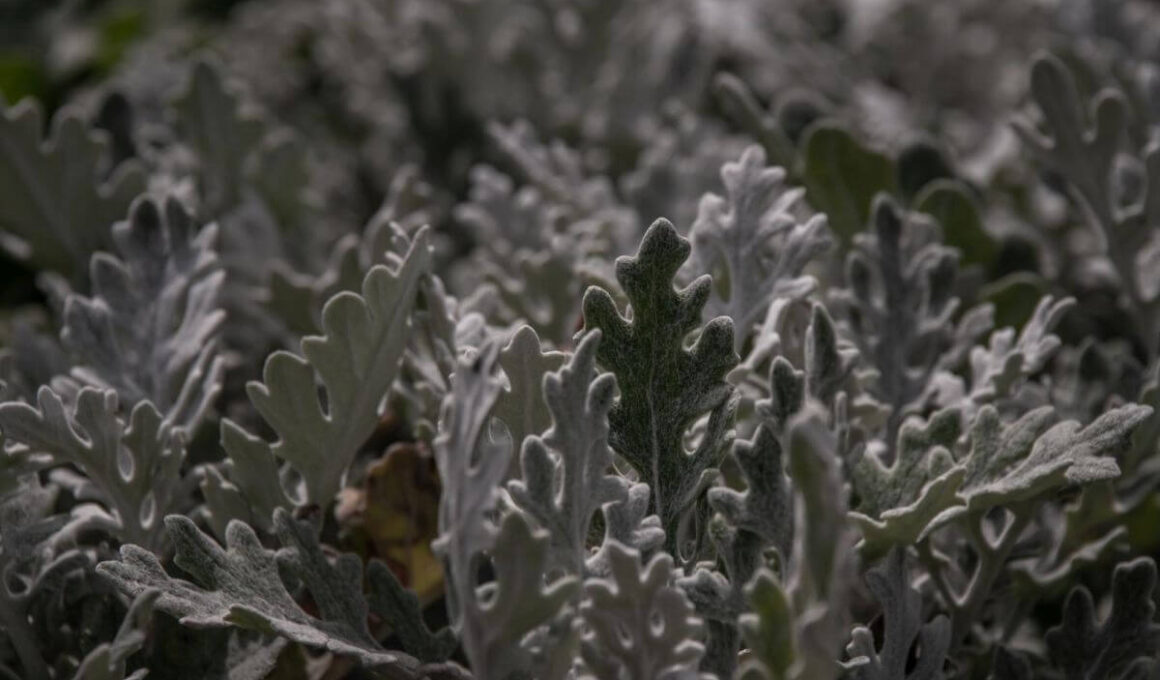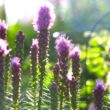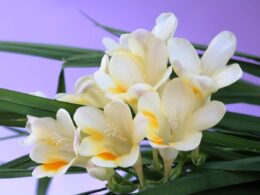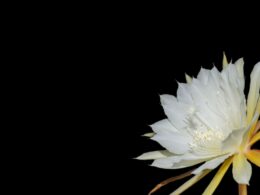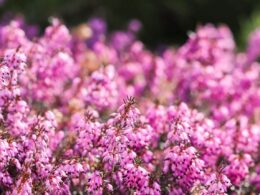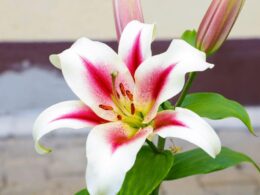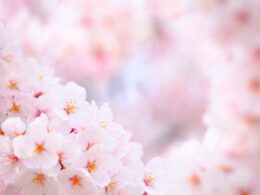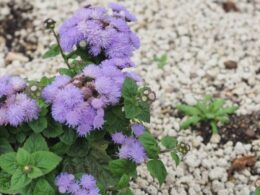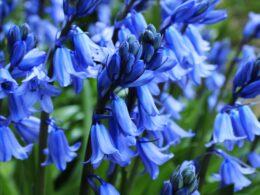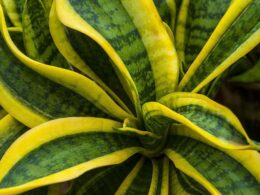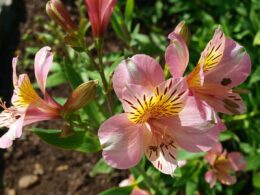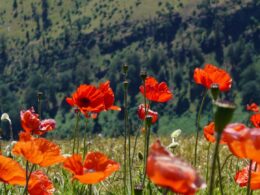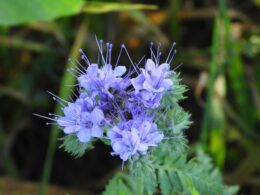What Is a Dusty Miller Flower? Species, Origin and Traits
Dusty miller is a common name for several perennial or annual plants in different genera. What they all have in common are their silvery, felt-like tomentose leaves. The most common species of dusty miller flower is Jacobaea maritima (silver ragwort), formerly known as Senecio cineraria. Other species sharing the name are:
- Silene coronaria (rose campion, mullein-pink or bloody William) – a plant with pink flowers and grayish felted leaves;
- Centaurea cineraria (velvet centaurea or silver dust) – a foliage plant with bluish silver leaves and small white or yellow flowers that are usually removed.
All these plants are grown as ornamental garden plants. The leaves are covered with white trichomes that reflect sunlight and makes the plants appear to shimmer in the breeze. They have similar needs, and all are drought-tolerant when established.
Dusty Miller Varieties and Cultivars – Picking the Right Plant
If you’re looking for a dusty miller plant to add to your garden, you have many choices. Here are some of the most popular varieties:
- Jacobaea maritima ‘Cirrus’ – A fast-growing variety that can reach up to 20 inches (50 cm) in height. The leaves are deeply lobed and have a ruffled appearance.
- Jacobaea maritima ‘New Look’ – A compact plant that only grows to about 12 inches (30 cm) in height. It has lobed leaves that are visibly green, but coated with a fine silver sheen.
- Jacobaea maritima ‘Silver Dust’ – A very popular dusty miller plant that has silvery-white, finely divided leaves. It’s a fast grower and can reach up to 20 inches (50 cm) in height in just 1-2 years.
- Centaurea cineraria ‘Silver Lace’ – A plant with finely divided leaves that are covered with a dense coat of white hair. It’s a compact plant that only grows to about 12 inches (30 cm) in height.
- Lychnis coronaria ‘Alba’ – a rose campion with striking white flowers and silvery-gray leaves. It’s a tall plant that can reach up to 36 inches (90 cm) in height.
As you can see, there are many dusty miller flowers to choose from. It’s best to pick one that will fit well in the space you have available. All of these plants are easy to grow, so you can’t really go wrong with any of them!
Growing Dusty Miller Flowers – Tips and Tricks
Now that you know all about dusty miller plant varieties, it’s time to learn how to grow them. They prefer full sun, but will tolerate partial shade. They’re drought-tolerant, so they don’t need a lot of water. In fact, too much water can cause root rot. Allow the soil to dry out between watering.
Dusty miller flowers prefer moderately rich, well-drained soil. Amend heavy clay soils with sand or grit to improve drainage. If you live in an area with high winds, you may want to stake your plants.
Fertilizer is only necessary if you’re growing your dusty millers in poor soil. Use a few teaspoons of balanced, slow-release fertilizer in early spring. Alternatively, you could apply water-soluble fertilizer every 2-4 weeks during the growing season.
These plants are hardy to USDA zones 8-10. In cooler climates, they won’t survive the frost and are usually grown as annual plants.
When Do Dusty Millers Flower?
Dusty millers don’t produce showy flowers (unless we’re talking about rose campions). In fact, many varieties don’t bloom at all. The ones that do bloom have small, nondescript flowers that are usually removed to keep the plant looking its best. However, the clusters of yellow flowers against a silver backdrop can look nice if you let them stay.
If you want your dusty millers to flower, make sure they’re getting enough sunlight. They need at least 6 hours of sun per day to bloom, and they’ll do it in midsummer. Keep in mind that dusty millers grown in partial shade may never flower.
Are Dusty Miller Plants Poisonous?
Dusty miller flowers are considered to be only slightly poisonous. The leaves and stems contain small amounts of saponins, which can cause stomach upset if ingested in large quantities. However, this is unlikely to happen.
Pets are more likely to be affected than humans, since they’re closer to the ground and may nibble on the leaves. If you’re concerned about your pets, it’s best to keep them away from dusty millers.
How to Use Dusty Miller Flowers in Your Garden
Now that you know everything about dusty miller plants, it’s time to put them to use in your garden! They make great borders and can be used as groundcover. Planting them between colorful flowers is a great way to add contrast.
They also make lovely cut plants. The long stems and silvery leaves look beautiful in vases. Just be sure to remove the flowers before you put them in water.
If you’re looking for a plant that will add some interest to your garden, dusty miller flowers are a great choice. With their striking silver foliage, they’re sure to stand out. Have you ever grown dusty millers? Let us know in the comments below!





